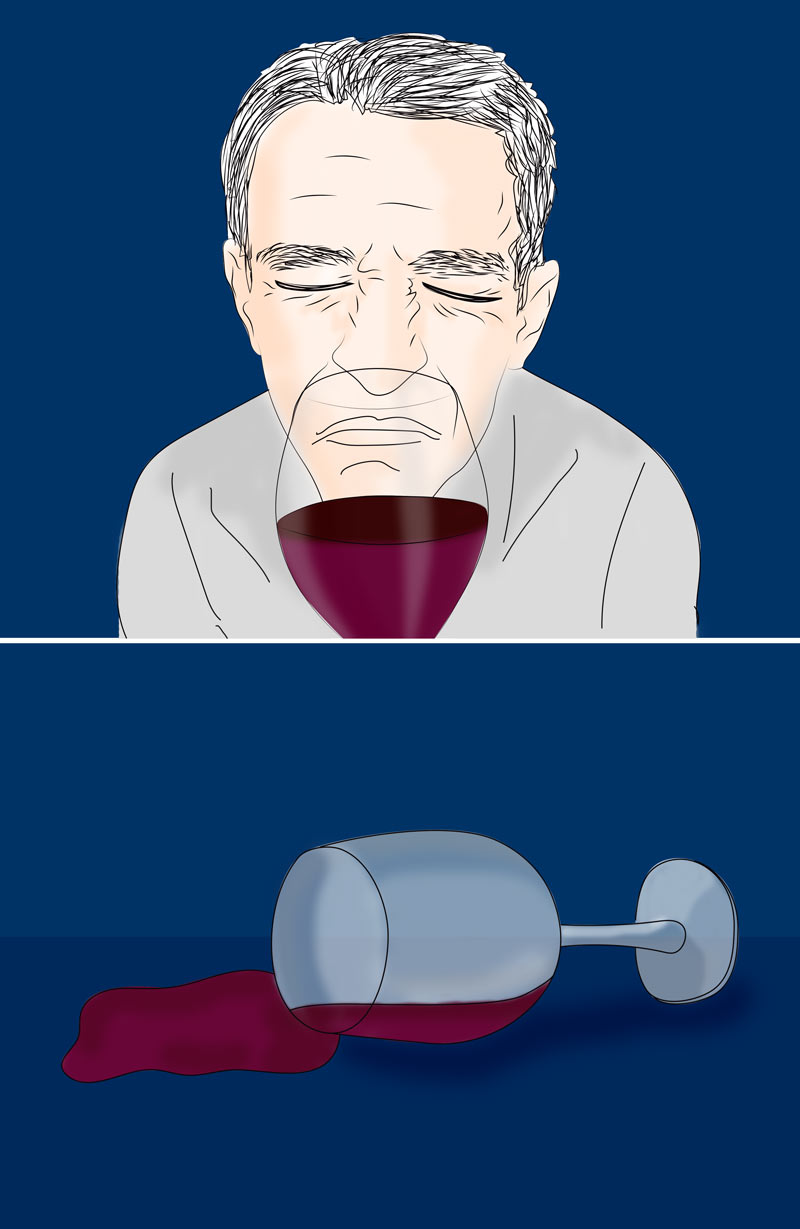
what is a wine fault?
It is an unpleasant natural mutation that occurs in the wine’s aroma and taste.
I should say, I truly believe that every producer is responsible, given that putting their products on the market without proper conditions would damage the brand recognition.
Even though, there are faults that can financially damage a producer. If a batch is contaminated, all its bottles will be. Even with resources and oenological technology to eliminate and control contaminations, they can still occur.
Which faults can we find in a wine?
Cork Taint – We have already written about this subject here. It is basically a contamination caused by a substance named T.C.A. or by some kind of mould present in the bottle.
Brett – Provoked by a yeast named Brettanomyces, it can be in the vineyard, in wines low in acidity and in wine that have passed in wood. It has aromas of leather and, when very concentrated it smells like “sweat”.
Oxidation – When aging, wine colors change. When the oxidation is good we call it complexity. When it is exaggerated it can result in the presence of acid (like vinegar) for example, which can be a fault.
Reduction – chemical reactions developed when the wine is protected from oxygen. Provoking the need of nutrient it makes the yeast be fed by amino acids (that contains sulphur) which can lead to reduced aromas (old egg, boiled egg, gas, garlic).
Crystals and sediments – it is not a fault; it is just a visual matter that indicates that the wine has not had a tartaric stabilization. When drinking, the glass can have sediments.
Are this faults bad for health?
The truth is that some of the faults disappear by simply decanting the wine or twist the glass. Despite a faulted wine still being okay to drink it, it is better to return or exchange it given you have paid for it. Furthermore, for people allergic to sulphur it may result in headaches.
As one of my teachers used to say, “to make a great wine you need 5 things: good hygiene, good hygiene, good hygiene, great grapes and a great oenological team”.
Cheers!


